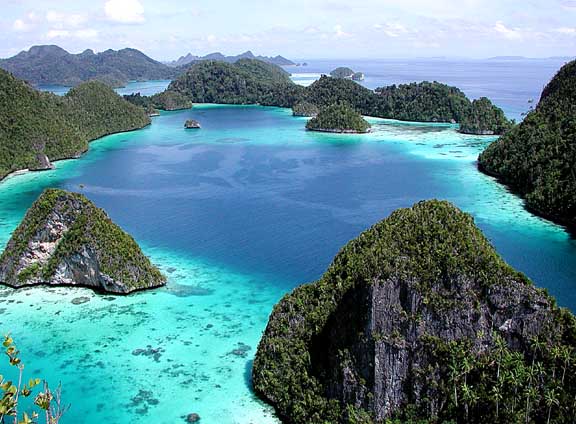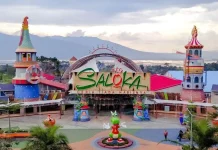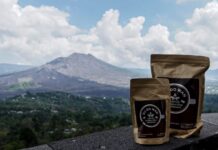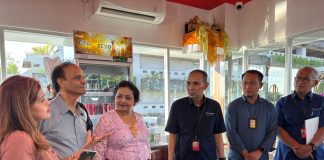It was the Spaniard Ynigo Ortiz de Retes who, in 1545, gave the name Nueva Guinea to a strip of land on the north coast of the world’s second largest island (after Greenland), which is now half Indonesian, half Papua New Guinean territory.
Papua, Indonesia’s easternmost province—a land of mist-shrouded mountains, impenetrable jungles, and tribes untouched by time. In 2025, Papua remains one of the world’s last great wildernesses, a place where nature and tradition defy the march of modernity.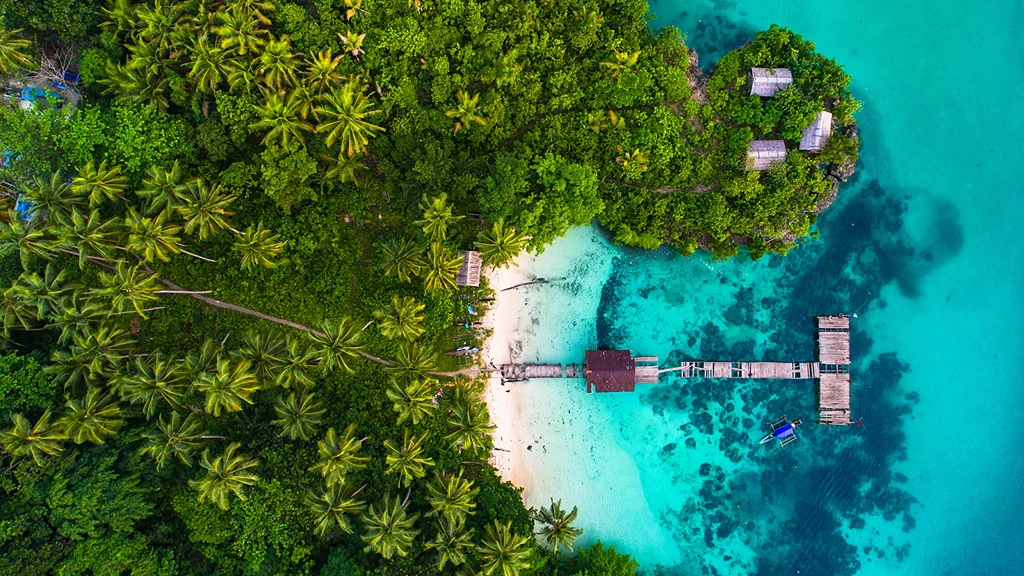
Spanning over 410,000 square kilometers, it is Indonesia’s largest and least densely populated province, with vast tropical rainforests, towering mountain ranges, and pristine coastlines. The province, now more commonly referred to as Papua or West Papua, continues to captivate adventurers with its dramatic landscapes—from the 5,500-meter snow-capped Puncak Jaya (Carstensz Pyramid) to the biodiverse lowland jungles and sprawling marshlands. Jayapura, the neat provincial capital on a hillside overlooking the bay, is 3,520 kilometers away from Jakarta.
Irian Jaya is a land of exceptional natural grandeur. Its jungles are among the wildest, most impenetrable in the world. Eternal snow capped mountain ridges more than 5,000 meters high, with walls plunge hundreds of meters down onto floors filled with small glacier lakes. It has scenic beaches in abundance as well as immense stretches of marshlands. Cool grassy meadows lie at the foot of the towering mountains. Rivers cut through dark forests until their sluggish, crocodile infested mouths disgorge the water into the sea.
The highest peak of the central mountain range is Puncak Jayawijaya (5,500 meters). Second and third are Gunung Trikora (5,160 meters) and Gunung Yamin (5,100 meters), respectively. The biggest lake is Paniai, followed in order of declining size by the lakes Ronbenbai and Sentani, both in the vicinity of Jayapura, and Anggigita near Manokwari.
Although Irian Jaya is famed for its Bird of Paradise, the province’s fauna is not particularly rich. Almost all the animals here are of the Australian fauna type. Copper, oil, timber and sea products like fish and shrimps are among the province’s main products.
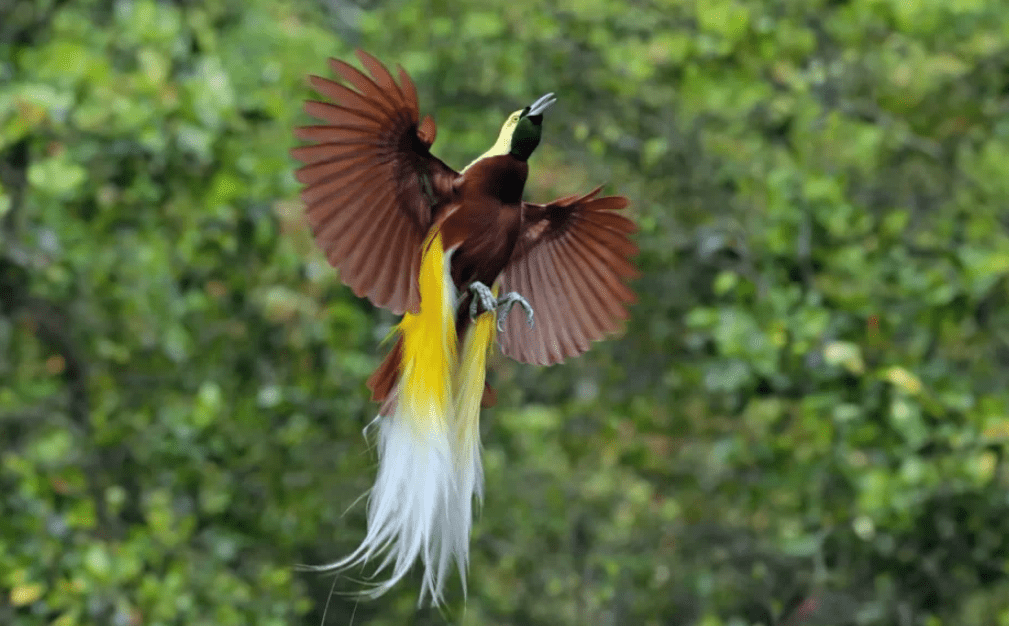
People and Culture:
Papua is a cultural mosaic. With over 250 ethnic groups, each with distinct languages and traditions, it’s a living museum of Melanesian heritage. In the Baliem Valley, the Dani people still tend to their sweet potato fields, wearing traditional koteka (penis gourds) during ceremonies. Further south, the Korowai tribe builds towering treehouses to evade spirits and floods—a way of life unchanged for centuries.
But change is coming. In coastal towns like Sorong and Biak, Indonesian influence is visible in the bustling markets and motorbike-filled streets. Missionaries, both Christian and Muslim, have left their mark, yet animist beliefs persist in remote villages. The Asmat, famed for their intricate woodcarvings, now sell their art globally, blending tradition with commerce.
Adventures Await in Papua:
For travelers, Papua offers raw, unfiltered adventure:
-
Trekking the Baliem Valley – A four-day hike through terraced hills and tribal villages, ending in Wamena’s lively markets.
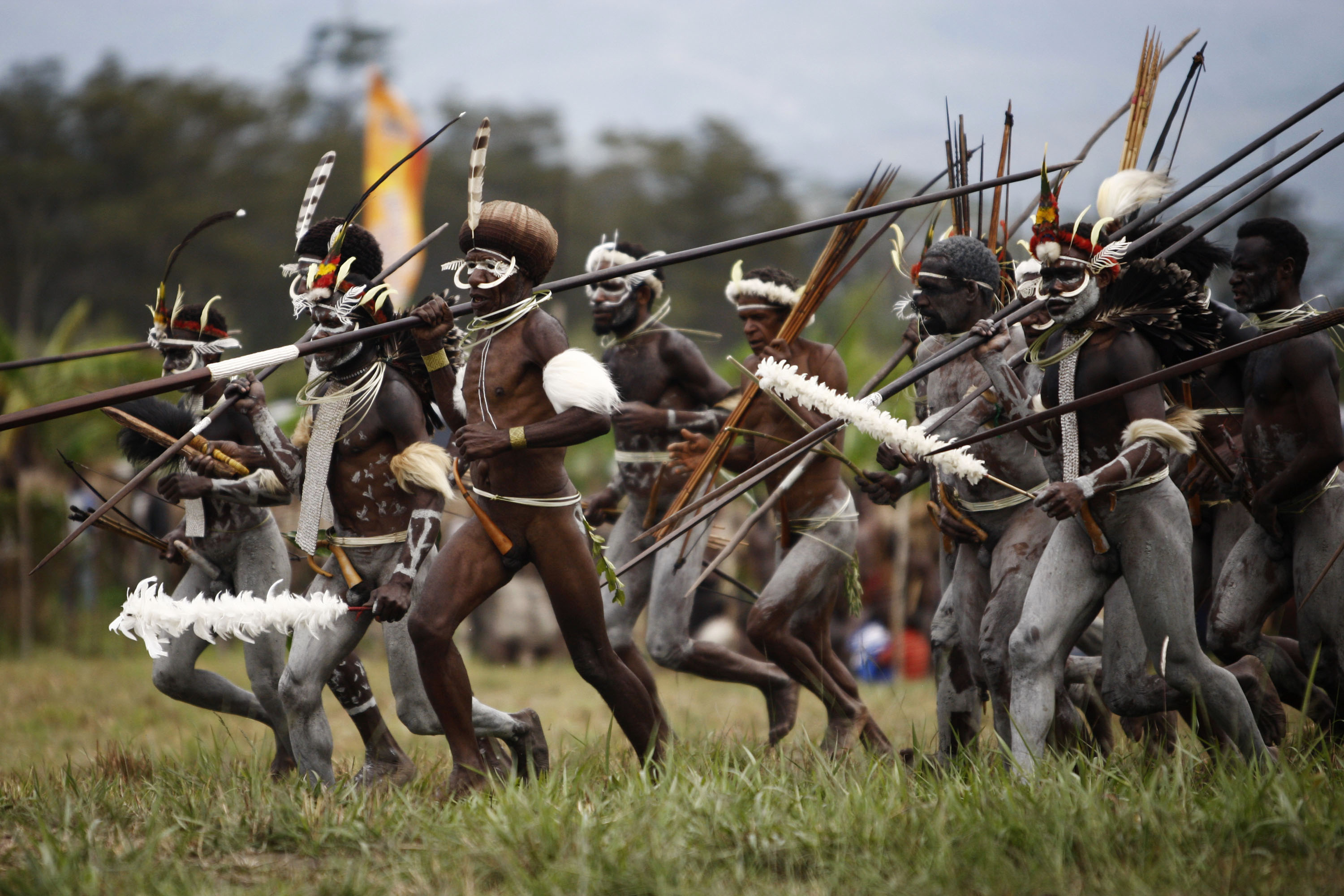
WAMENA, PAPUA, INDONESIA – AUGUST 09: Papuanese tribal men runs as battles perform during the Baliem Valley Festival on August 9, 2010 in Wamena, Indonesia. The Dani, Yali and Lani tribes gather at this annual festival each dressed in distinctive tribal attire, stage mock battles, perform traditional music and dance, and celebrate with a pig feast. (Photo by Ulet Ifansasti/Getty Images) -
Diving in Raja Ampat – Though technically in West Papua Province, these reefs are a must-see, with new eco-resorts offering sustainable stays.
-
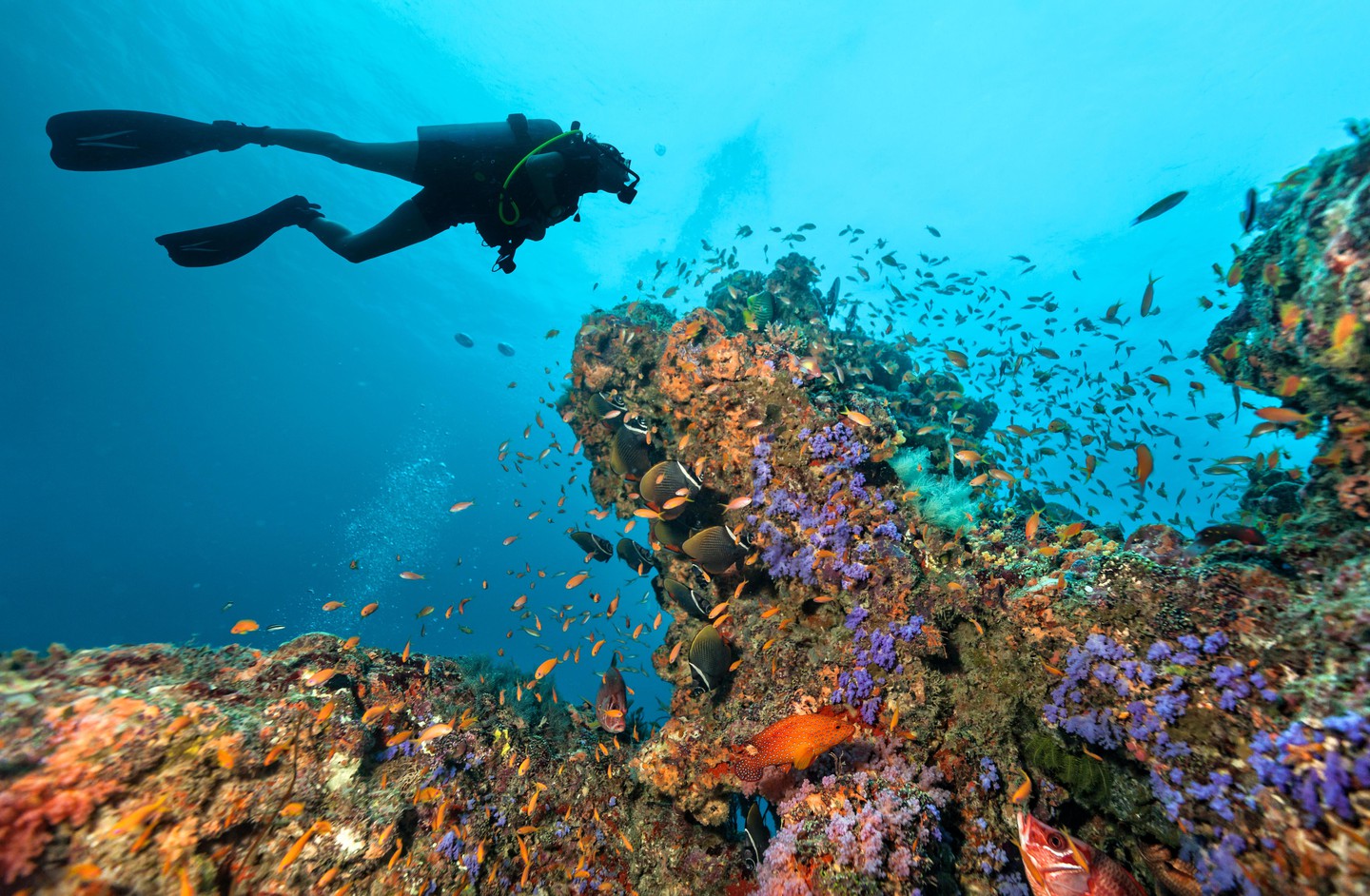 Exploring the Asmat Region – Fly into Agats, a stilt village where dugout canoes glide through mangrove swamps, and the Asmat Museum showcases haunting ancestral carvings.
Exploring the Asmat Region – Fly into Agats, a stilt village where dugout canoes glide through mangrove swamps, and the Asmat Museum showcases haunting ancestral carvings.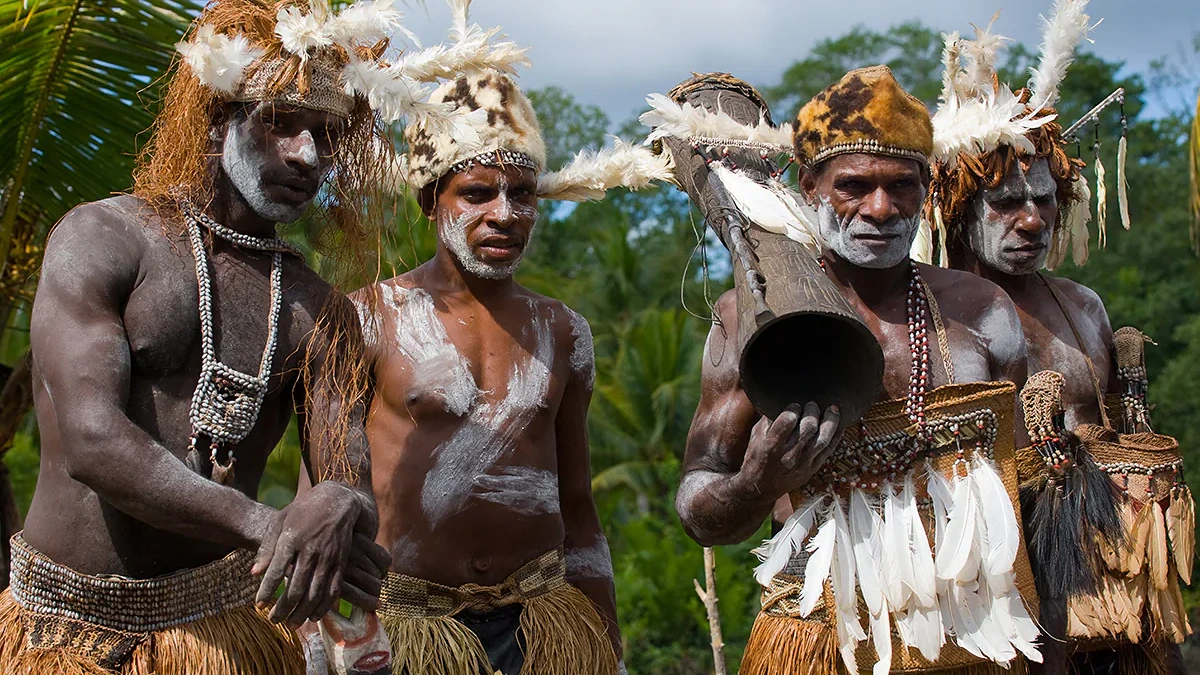
-
Summiting Puncak Jaya – For serious climbers, this is the ultimate challenge, requiring permits and a local guide.
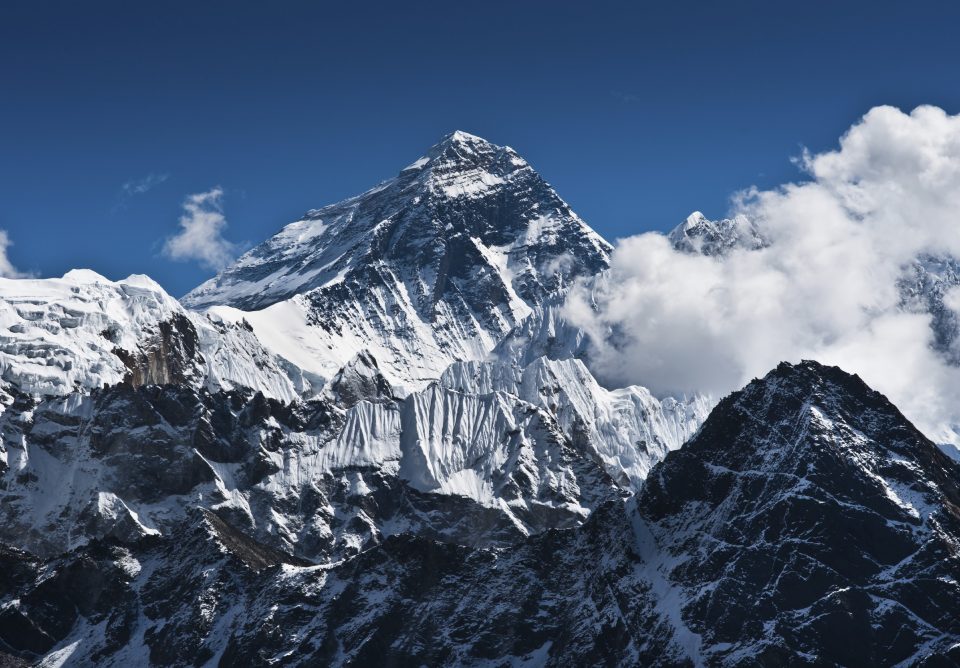
Getting There in 2025
-
By Air: Regular flights connect Jakarta, Surabaya, and Denpasar to Jayapura, Biak, and Sorong. New routes from Manokwari to Raja Ampat have improved access.
-
By Sea: Pelni ships still operate between Java and Papua, with upgraded vessels for better comfort.
-
Local Transport: Roads remain limited, so light aircraft, boats, and guided tours are essential for remote areas like the Asmat or Korowai lands.
Papua’s future hangs in the balance. Infrastructure is improving—new roads and airports connect once-isolated towns—but at what cost? Mining and palm oil plantations encroach on indigenous lands, while tourism brings both opportunity and exploitation.
Yet, there’s hope. Community-based ecotourism projects are empowering locals, and younger Papuans are using social media to share their culture with the world. Will Papua’s wild heart endure? Or will it succumb to the pressures of the modern age?
One thing is certain—those who visit now will witness a world unlike any other, where nature and humanity exist in fragile harmony.


